Home>Gardening & Outdoor>Pool & Spa Care>How To Adjust Cyanuric Acid In A Hot Tub
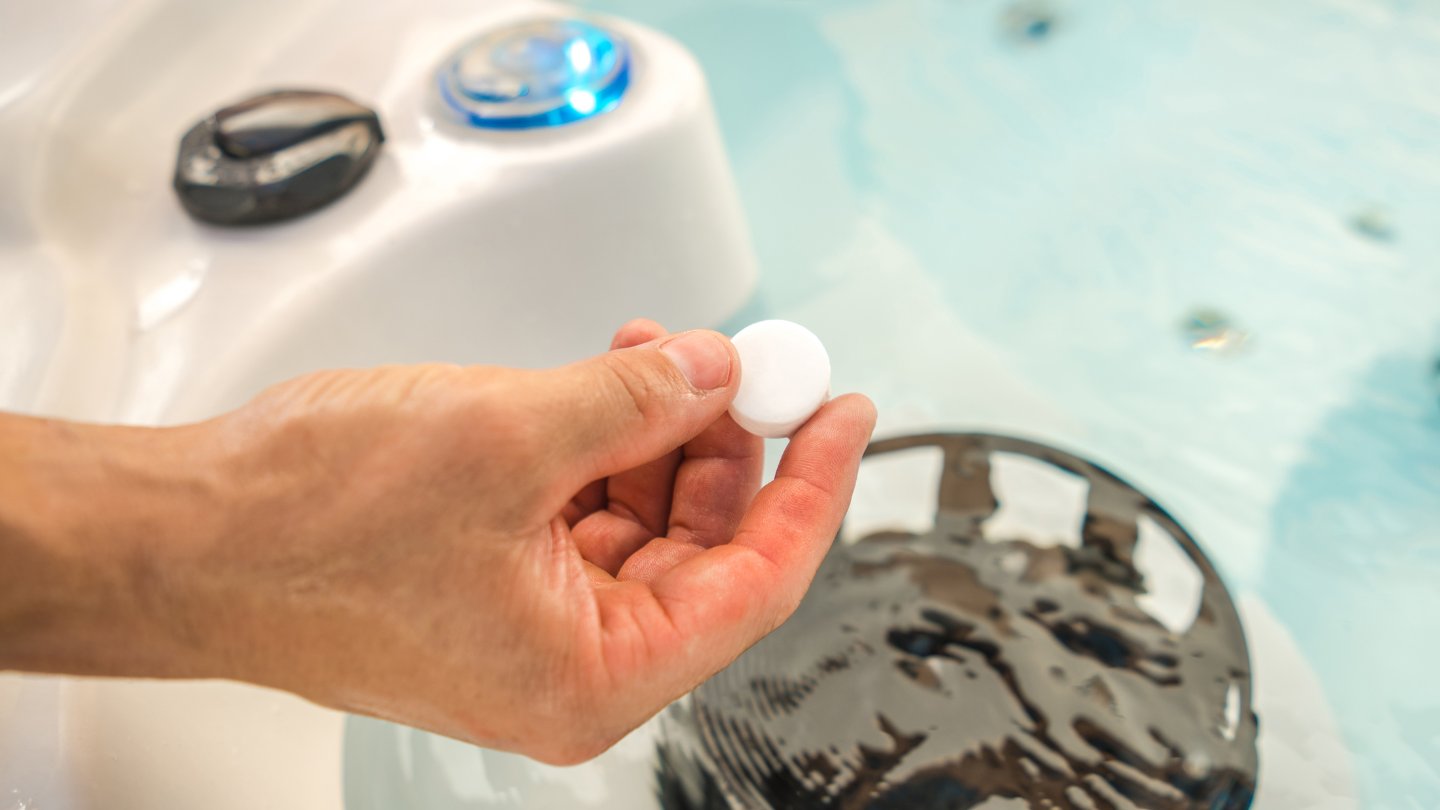

Pool & Spa Care
How To Adjust Cyanuric Acid In A Hot Tub
Modified: August 23, 2024
Learn how to adjust cyanuric acid in your hot tub with our expert pool and spa care tips. Keep your water balanced and your hot tub in top condition.
(Many of the links in this article redirect to a specific reviewed product. Your purchase of these products through affiliate links helps to generate commission for Storables.com, at no extra cost. Learn more)
Introduction
Welcome to the world of hot tub care, where maintaining the perfect balance of chemicals is essential for a clean, safe, and enjoyable soaking experience. One of the key components of hot tub water chemistry is cyanuric acid, often referred to as a “stabilizer” or “conditioner.” Understanding how to manage cyanuric acid levels is crucial for ensuring that your hot tub water remains balanced and safe for use.
In this comprehensive guide, we will delve into the intricacies of cyanuric acid and explore the methods for testing, adjusting, and maintaining its levels in your hot tub. Whether you are a seasoned hot tub owner or a newcomer to the world of water care, this article will equip you with the knowledge and techniques necessary to effectively manage cyanuric acid and keep your hot tub water in optimal condition.
So, sit back, relax, and let’s embark on a journey to unravel the mysteries of cyanuric acid in hot tubs.
Key Takeaways:
- Maintain a balanced hot tub by testing and adjusting cyanuric acid levels monthly to ensure effective chlorine and a clean, safe soaking experience.
- Lower or raise cyanuric acid levels in your hot tub with caution and precision using partial water replacement, specialized products, or professional guidance. Regular testing and gradual adjustments are key.
Understanding Cyanuric Acid
Cyanuric acid plays a crucial role in hot tub water maintenance by acting as a stabilizer. Its primary function is to shield the chlorine in the water from degradation caused by ultraviolet (UV) rays from the sun. Without cyanuric acid, the chlorine in your hot tub would rapidly dissipate when exposed to sunlight, rendering it ineffective in sanitizing the water.
When cyanuric acid is present in the water, it forms a protective bond with the chlorine, allowing it to remain stable and active for a longer period. This, in turn, helps to maintain the cleanliness and safety of the hot tub water by ensuring that the chlorine can effectively combat bacteria, algae, and other contaminants.
However, it’s important to note that while cyanuric acid is beneficial in preserving chlorine, excessive levels can lead to issues such as reduced chlorine effectiveness, known as “chlorine lock,” and potential water cloudiness. Therefore, maintaining the ideal cyanuric acid concentration in your hot tub is essential for achieving a harmonious balance of water chemistry.
By grasping the significance of cyanuric acid as a chlorine stabilizer and understanding its impact on water quality, hot tub owners can make informed decisions when it comes to managing and regulating its levels to ensure a hygienic and inviting soaking environment.
Testing Cyanuric Acid Levels
Regularly testing the cyanuric acid levels in your hot tub is a fundamental aspect of water maintenance. By monitoring and adjusting these levels as needed, you can uphold the effectiveness of the chlorine and preserve the overall water quality.
There are several methods available for testing cyanuric acid levels, with test strips and liquid test kits being the most commonly used options. Test strips are convenient and provide quick results, while liquid test kits offer a more precise measurement. Whichever method you choose, it’s important to follow the manufacturer’s instructions carefully to ensure accurate readings.
When conducting a cyanuric acid test, it’s advisable to perform the assessment at least once a month, especially during the hot tub’s peak usage periods. This frequency allows you to promptly identify any fluctuations in cyanuric acid levels and take corrective measures as necessary.
Upon obtaining the test results, you can compare them to the recommended cyanuric acid range for hot tubs, which typically falls between 30 to 50 parts per million (ppm). If the levels are within this range, the cyanuric acid concentration is considered optimal for stabilizing the chlorine. However, if the levels exceed the recommended range, adjustments may be required to restore the balance.
By staying diligent in monitoring cyanuric acid levels and promptly addressing any deviations, hot tub owners can uphold a healthy and well-maintained water environment, ensuring that their soaking experience remains enjoyable and worry-free.
To adjust cyanuric acid in a hot tub, you can dilute the water with fresh water or partially drain and refill the tub. This will help lower the cyanuric acid levels and keep the water balanced.
Lowering Cyanuric Acid Levels
When the cyanuric acid levels in your hot tub exceed the recommended range, it becomes necessary to lower the concentration to restore the water’s balance. Here are several methods for effectively reducing cyanuric acid levels:
- Partial Water Replacement: Draining a portion of the hot tub water and refilling it with fresh water is a straightforward approach to diluting the cyanuric acid concentration. By replacing a portion of the water, you effectively lower the overall cyanuric acid levels, helping to restore the balance. It’s important to use a reliable water testing kit to monitor the cyanuric acid levels throughout the process and ensure that they fall within the optimal range.
- Use of Cyanuric Acid Reducer: There are commercially available products designed specifically to reduce cyanuric acid levels in hot tubs. These products contain active ingredients that aid in lowering the concentration of cyanuric acid in the water. When utilizing a cyanuric acid reducer, it’s essential to carefully follow the manufacturer’s instructions and dosage recommendations to achieve the desired effect without compromising the water chemistry.
- Professional Assistance: In cases where cyanuric acid levels are exceptionally high or difficult to manage, seeking the expertise of a professional pool and spa care provider can offer valuable guidance. These professionals can assess the situation, recommend suitable treatment options, and provide expert assistance in restoring the cyanuric acid levels to an optimal range.
It’s important to note that lowering cyanuric acid levels should be approached with caution, as drastic changes can impact the overall water chemistry. Therefore, it’s advisable to proceed gradually and methodically, regularly testing the water to gauge the progress and ensure that the adjustments are yielding the desired outcomes.
By employing these methods and maintaining a vigilant approach to water care, hot tub owners can effectively manage and regulate cyanuric acid levels, promoting a healthy and balanced soaking environment for all to enjoy.
Raising Cyanuric Acid Levels
Ensuring that the cyanuric acid levels in your hot tub are within the recommended range is essential for optimizing the effectiveness of the chlorine and maintaining water quality. If the cyanuric acid concentration falls below the ideal range, it may be necessary to raise the levels to achieve the desired balance. Here are several methods for increasing cyanuric acid levels:
- Stabilized Chlorine Products: Utilizing stabilized chlorine products, such as dichlor or trichlor, can contribute to raising the cyanuric acid levels in the hot tub water. These products contain cyanuric acid as an active ingredient, which gradually elevates its concentration while simultaneously sanitizing the water. When using stabilized chlorine products, it’s crucial to monitor the cyanuric acid levels regularly to prevent them from surpassing the optimal range.
- Cyanuric Acid Granules: Cyanuric acid granules, specifically formulated for hot tub use, offer a direct method for increasing cyanuric acid levels. These granules can be added to the hot tub water in accordance with the manufacturer’s guidelines, gradually elevating the cyanuric acid concentration to achieve the desired range. It’s vital to distribute the granules evenly in the water and allow sufficient time for them to dissolve and disperse effectively.
- Professional Consultation: Seeking guidance from a professional pool and spa care provider can be beneficial in situations where adjusting cyanuric acid levels proves challenging. These experts can offer tailored recommendations and insights into raising cyanuric acid levels while maintaining the overall water chemistry and balance. Their expertise can help hot tub owners navigate the process effectively and ensure optimal results.
When raising cyanuric acid levels, it’s important to approach the process with care and precision, avoiding abrupt adjustments that could disrupt the water chemistry. Regularly testing the water and monitoring the cyanuric acid levels throughout the adjustment process is crucial for achieving and maintaining the desired balance.
By employing these methods and staying attentive to water care practices, hot tub owners can effectively regulate and manage cyanuric acid levels, fostering a hygienic and inviting environment for leisurely soaking and relaxation.
Read more: How To Adjust Pressure Switch On Hot Tub
Conclusion
Managing cyanuric acid levels in your hot tub is a vital aspect of water care that directly impacts the effectiveness of chlorine and the overall quality of the soaking experience. By understanding the role of cyanuric acid as a stabilizer and its influence on water chemistry, hot tub owners can make informed decisions to maintain optimal levels and ensure a clean and safe environment for relaxation.
Regular testing of cyanuric acid levels is essential for promptly identifying any deviations and taking appropriate measures to adjust the concentration as needed. Whether it involves lowering elevated levels or raising deficient ones, the methods for managing cyanuric acid levels offer practical solutions to maintain the water’s equilibrium.
It’s important to approach the adjustment of cyanuric acid levels with diligence and precision, avoiding abrupt changes that could disrupt the overall water chemistry. By employing gradual and methodical adjustments and regularly monitoring the water quality, hot tub owners can effectively manage cyanuric acid levels and sustain a balanced and hygienic soaking environment.
Ultimately, maintaining the ideal cyanuric acid levels in your hot tub contributes to the longevity of the water, the preservation of chlorine effectiveness, and the promotion of a pleasurable and worry-free soaking experience. By incorporating the insights and techniques outlined in this guide, hot tub owners can confidently navigate the complexities of cyanuric acid management, ensuring that their water remains pristine and inviting for leisurely enjoyment.
So, as you embark on your hot tub care journey, remember that understanding and managing cyanuric acid levels is a crucial step toward maintaining a harmonious and hygienic soaking environment. With the right knowledge and proactive approach, you can uphold the integrity of your hot tub water and indulge in a rejuvenating and refreshing experience time and time again.
Frequently Asked Questions about How To Adjust Cyanuric Acid In A Hot Tub
Was this page helpful?
At Storables.com, we guarantee accurate and reliable information. Our content, validated by Expert Board Contributors, is crafted following stringent Editorial Policies. We're committed to providing you with well-researched, expert-backed insights for all your informational needs.
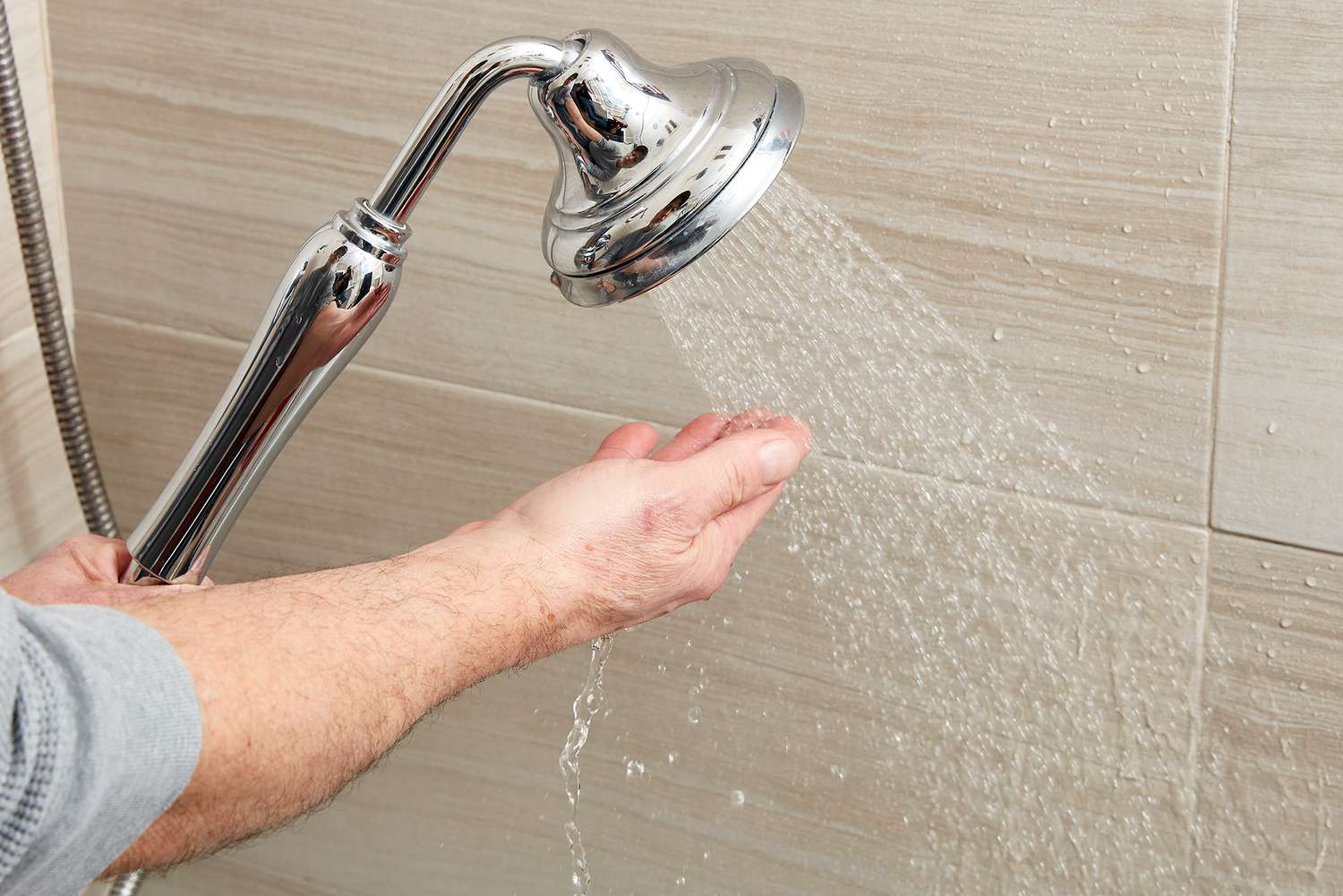
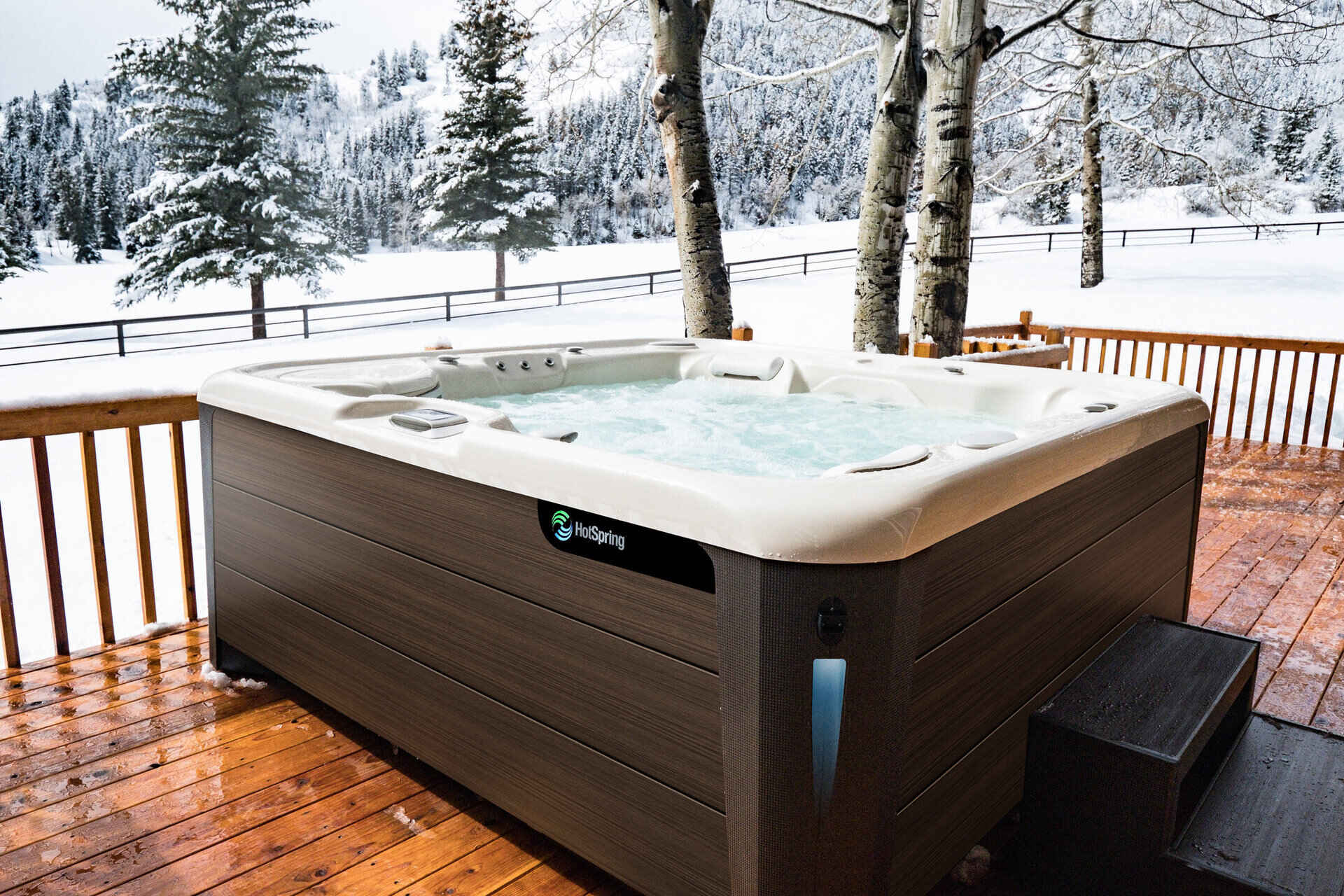

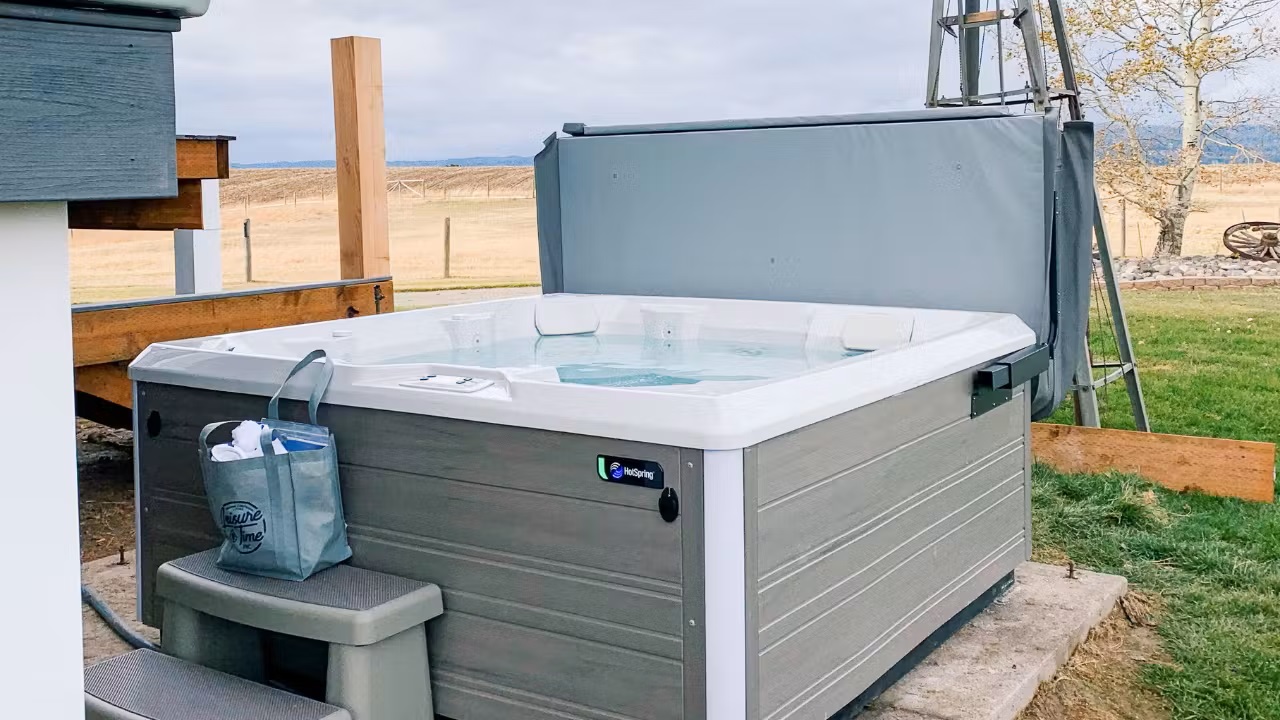
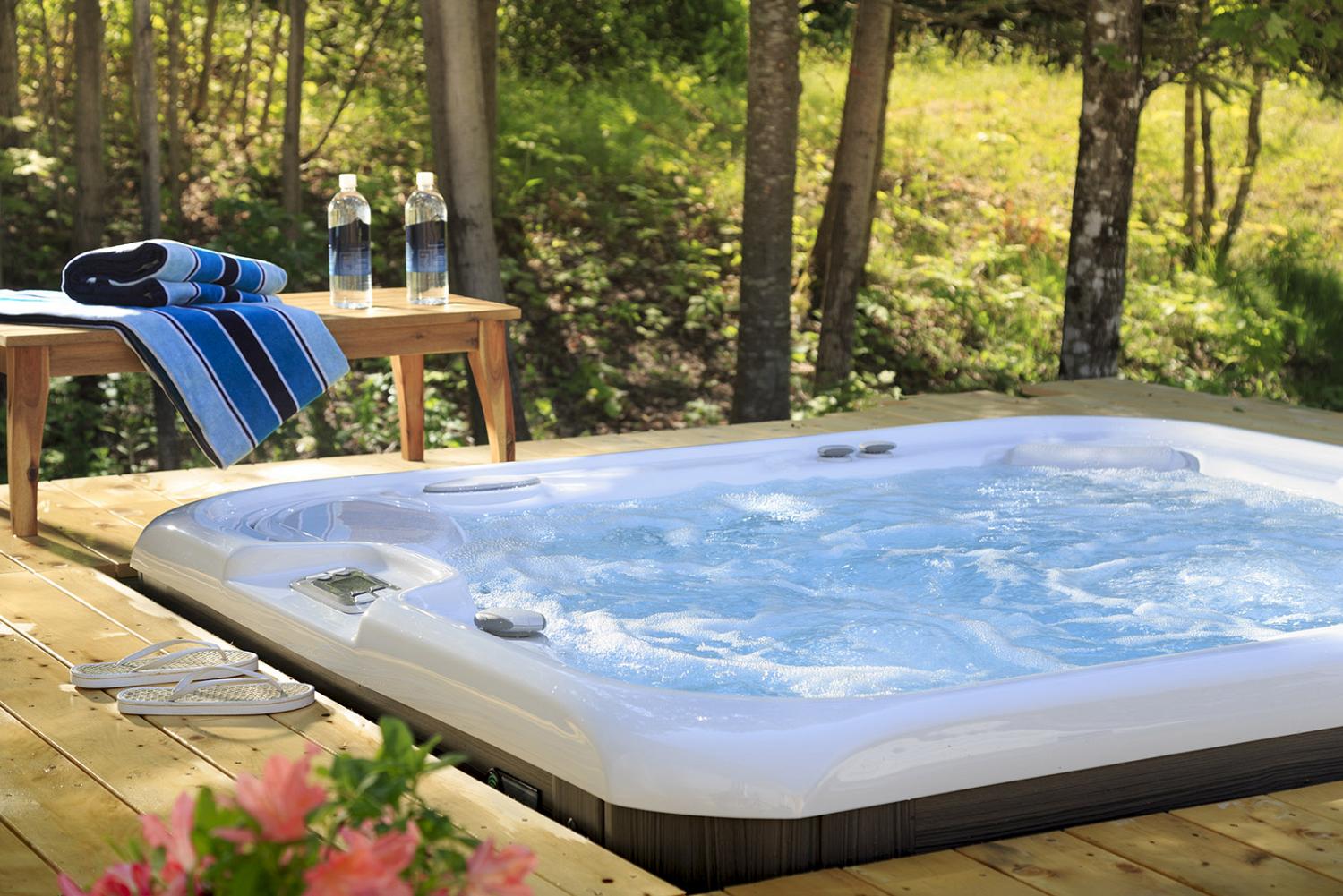
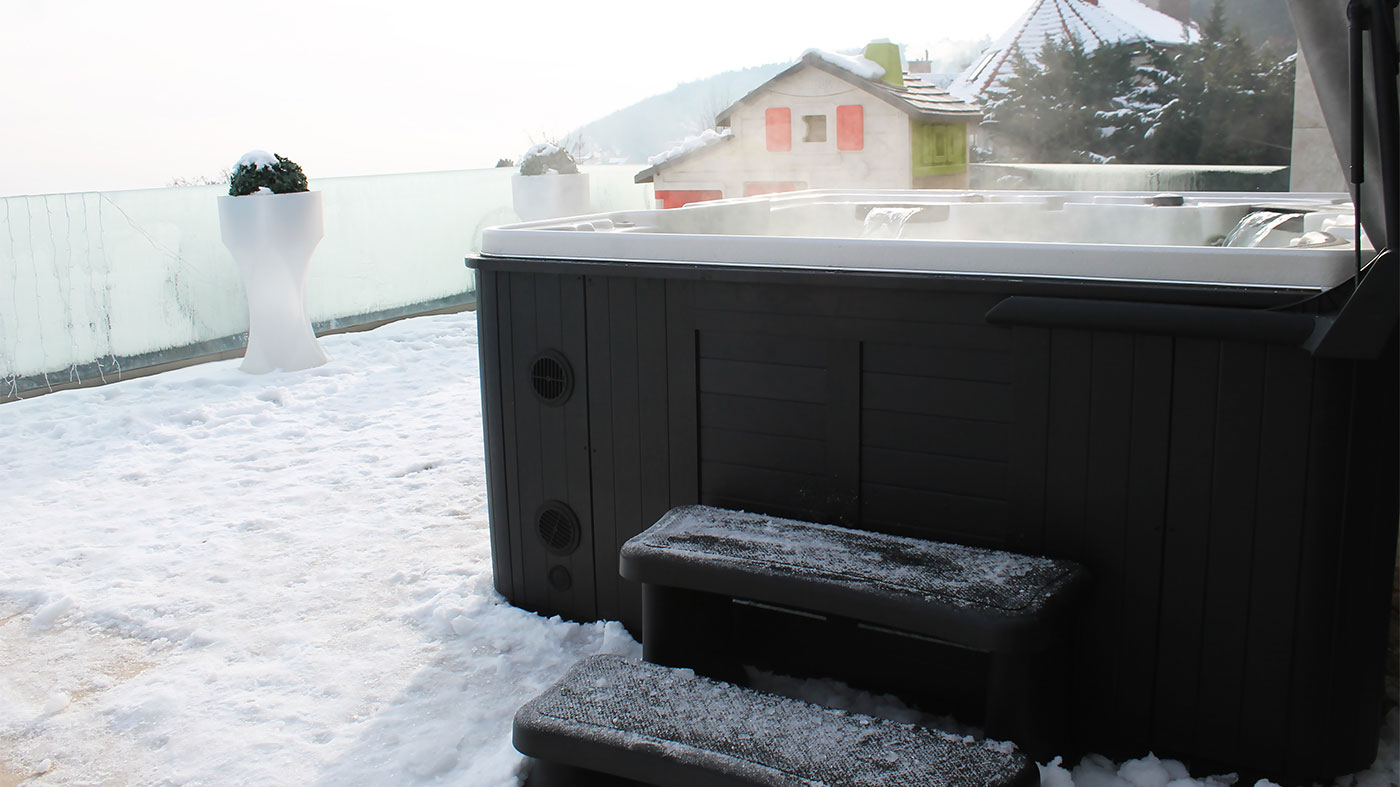
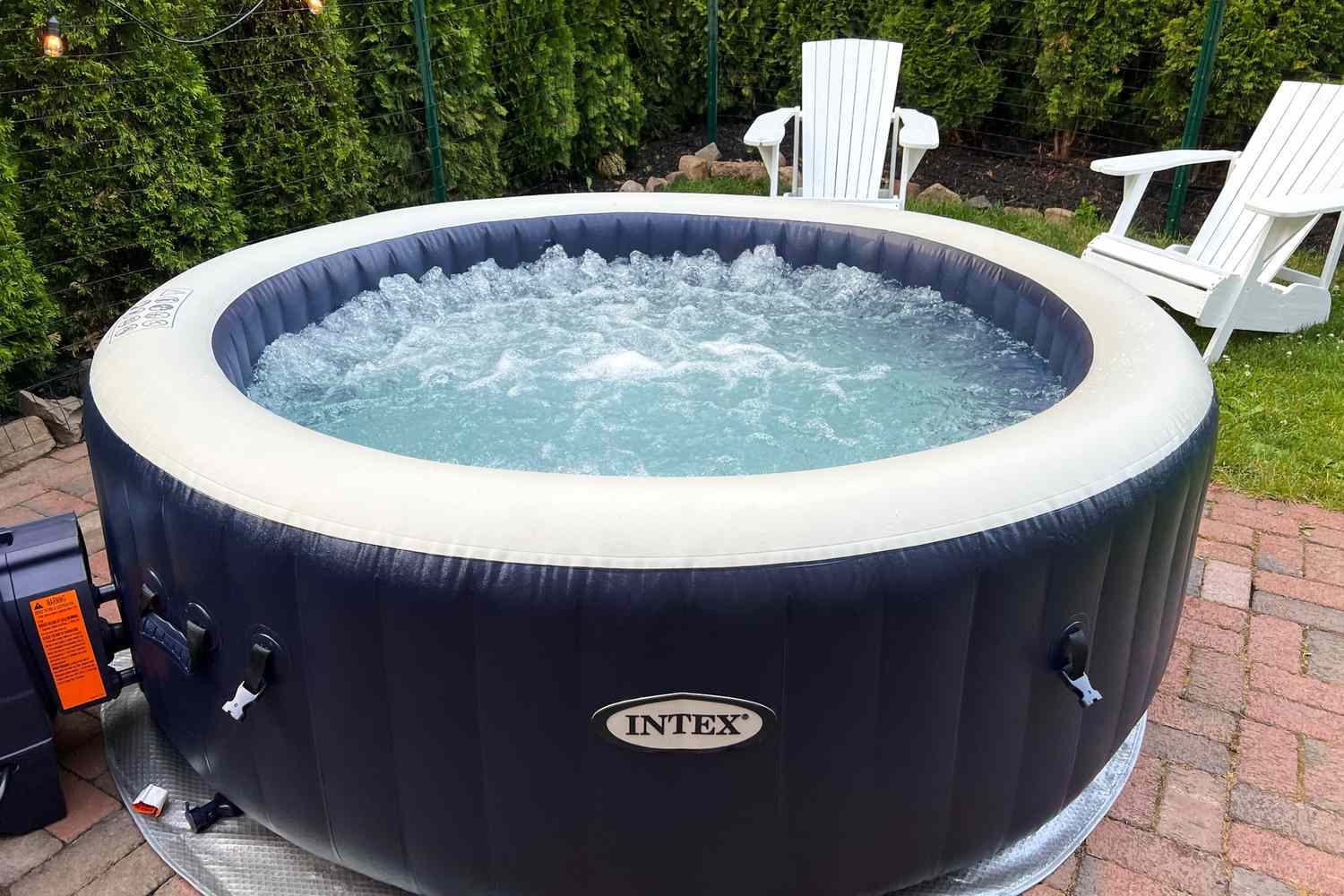
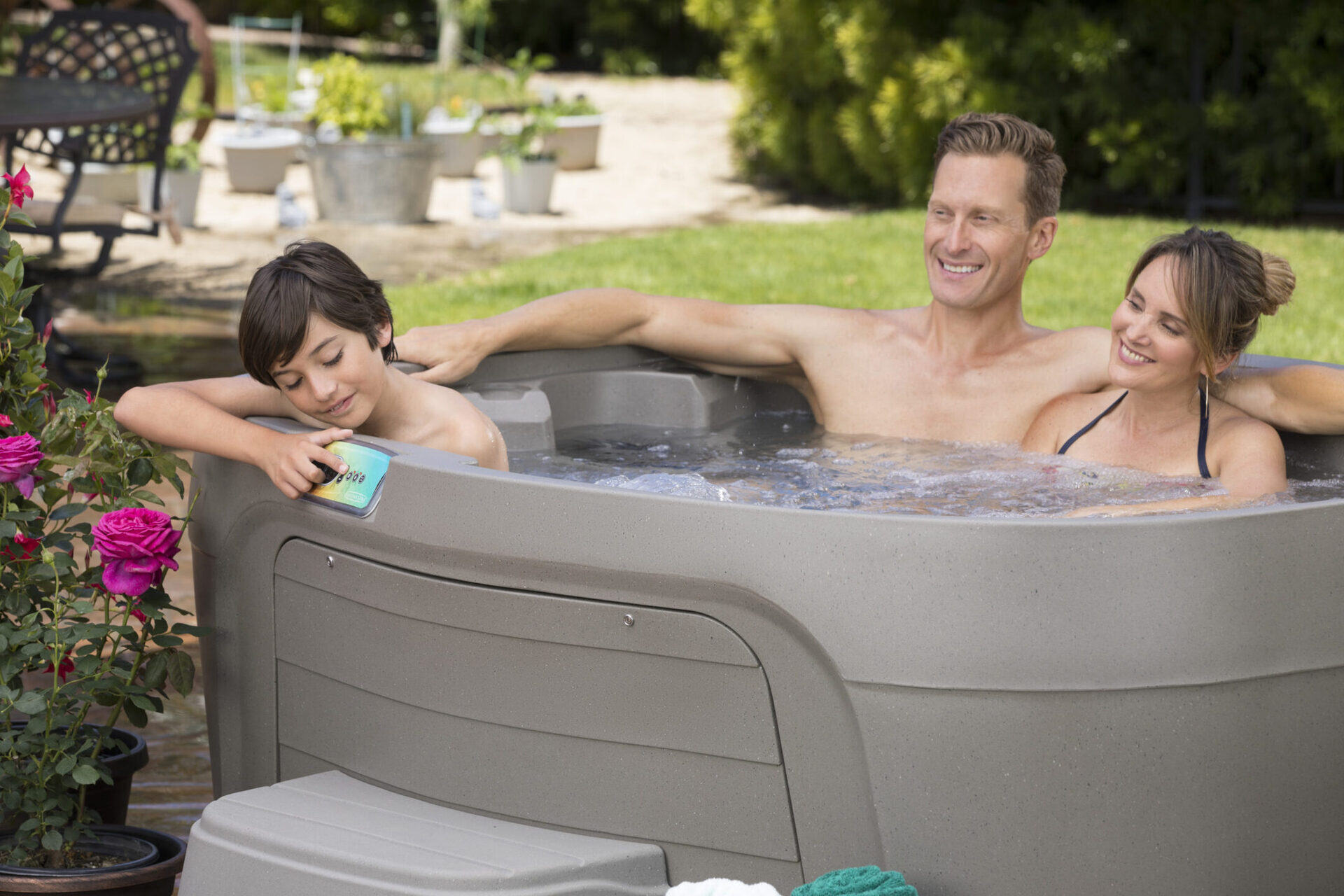
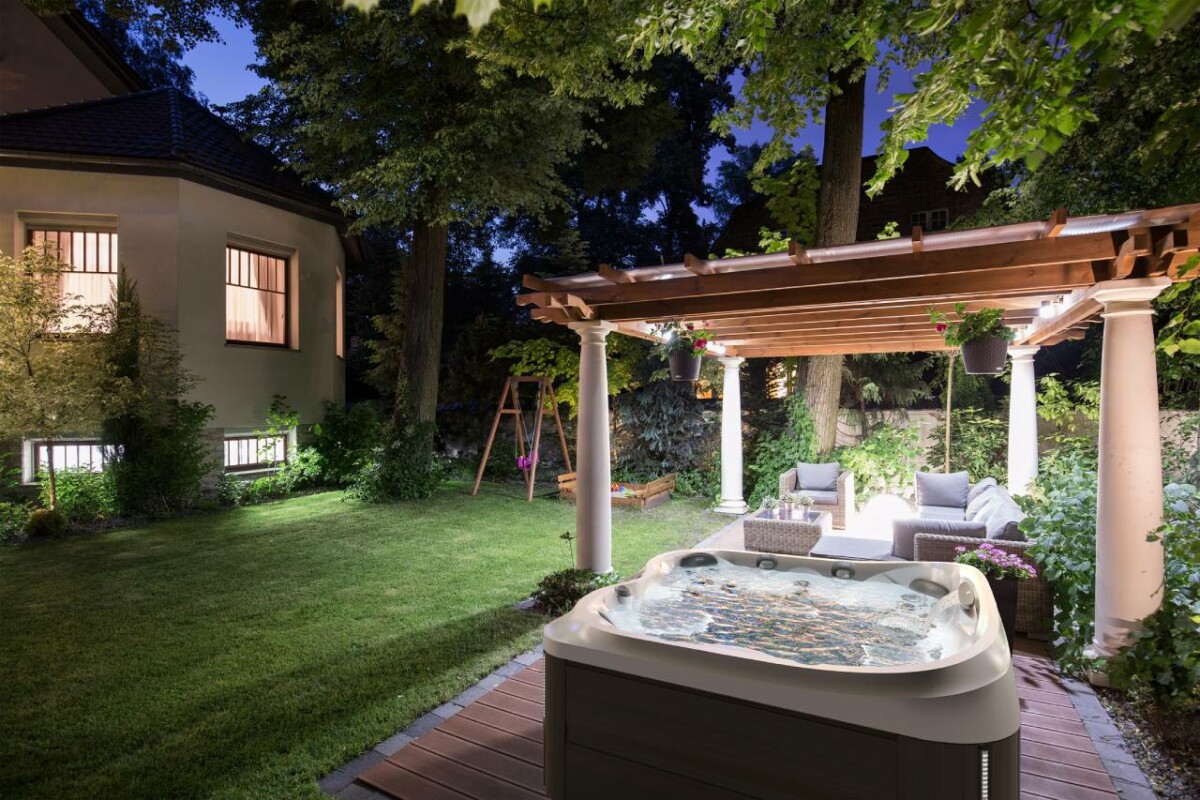
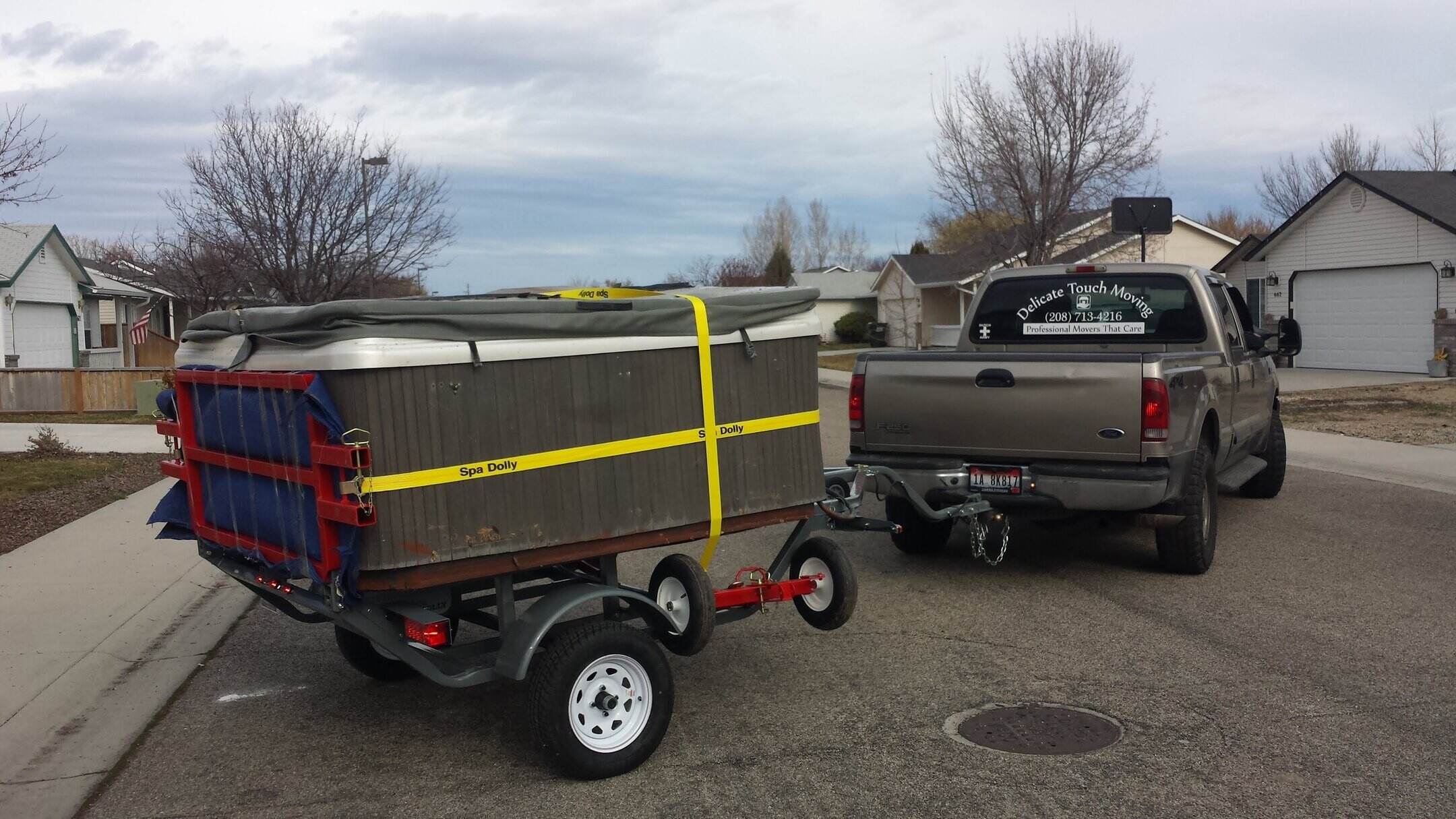
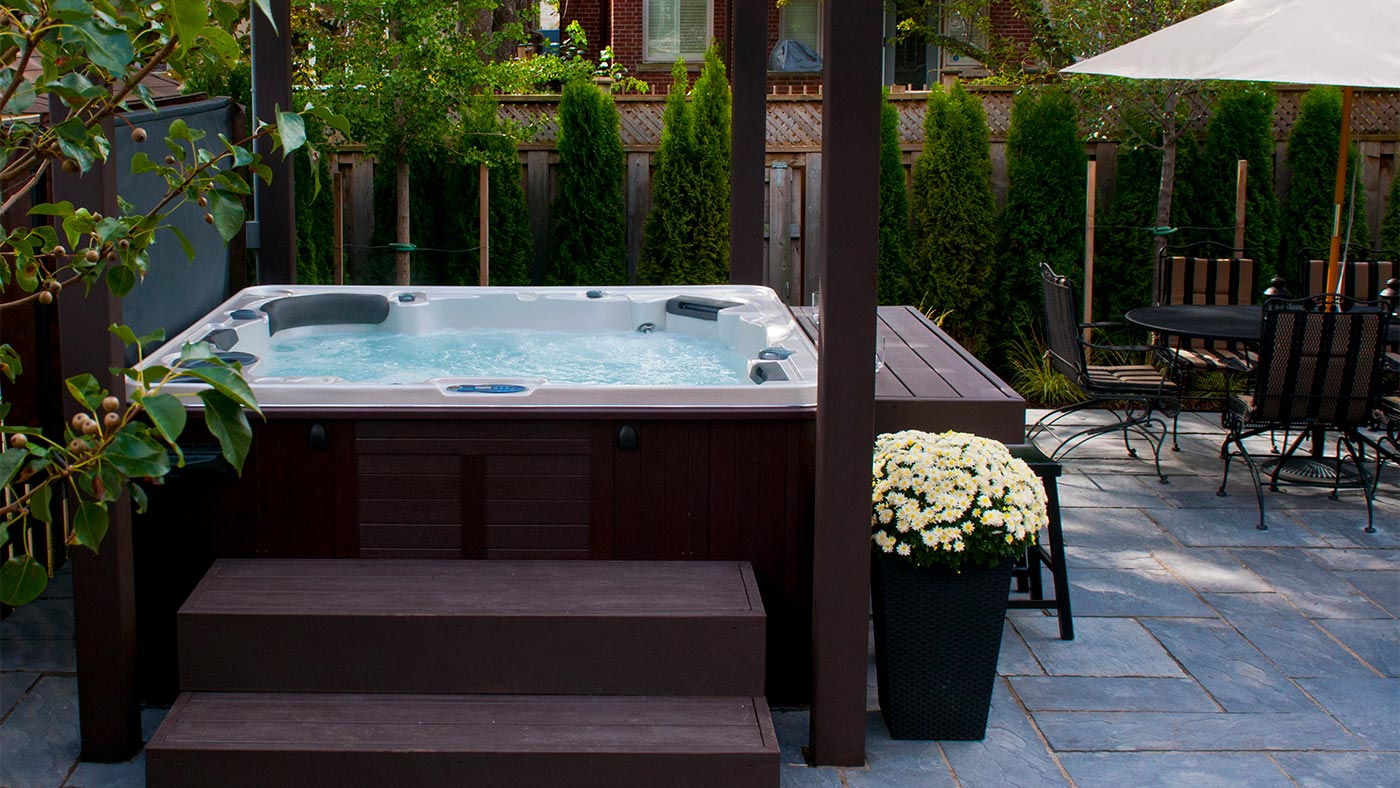
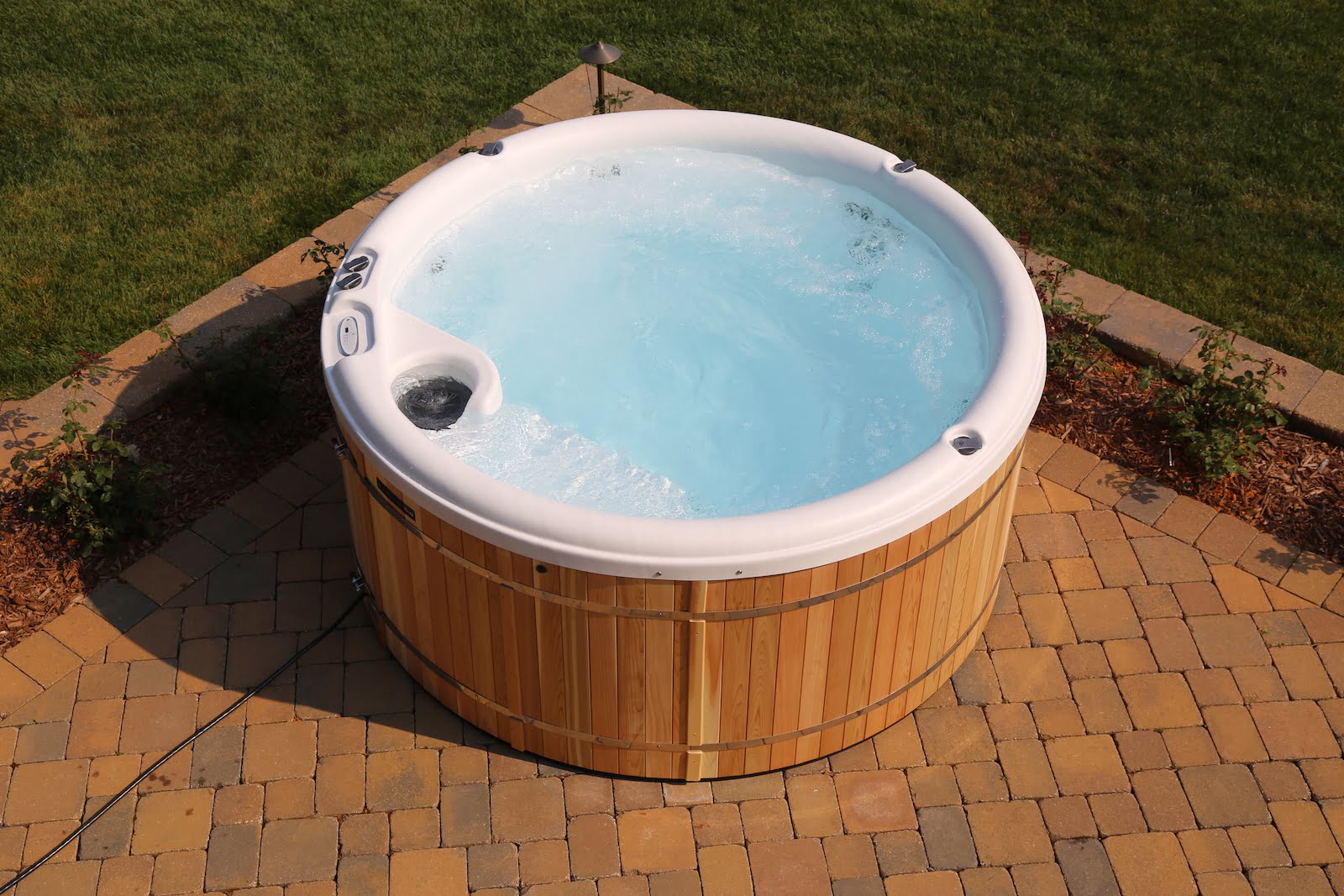
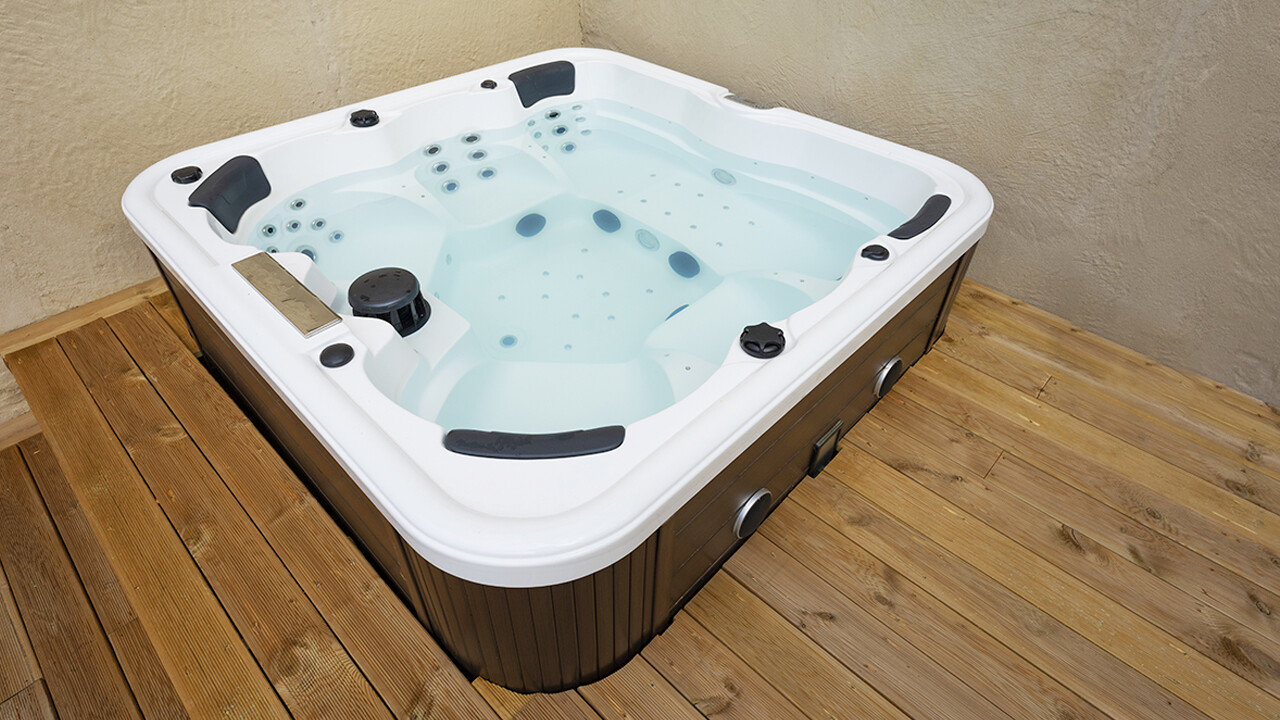
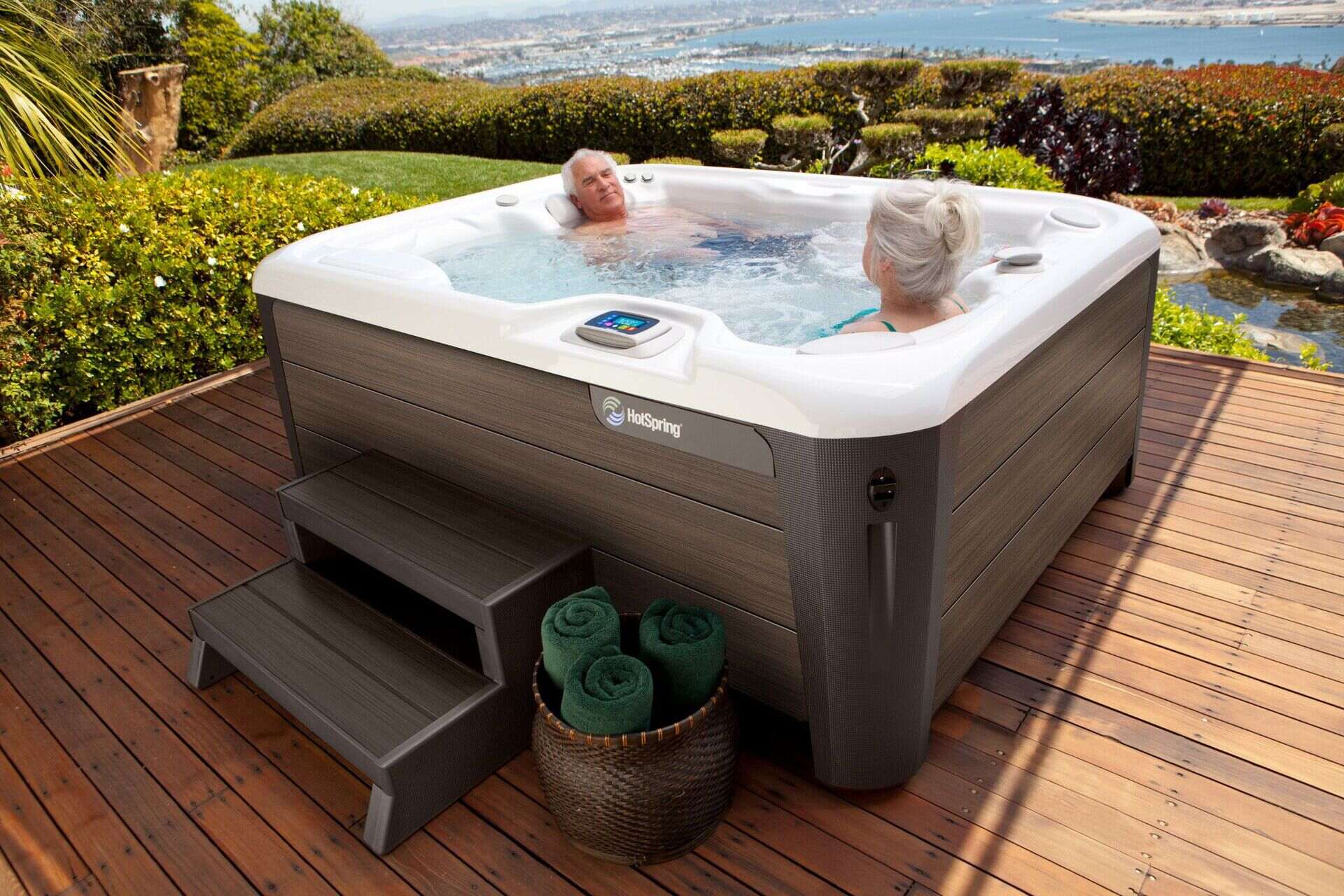

0 thoughts on “How To Adjust Cyanuric Acid In A Hot Tub”